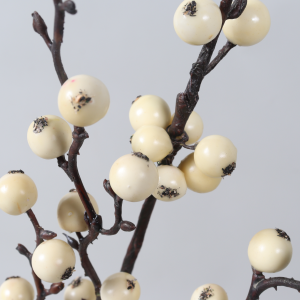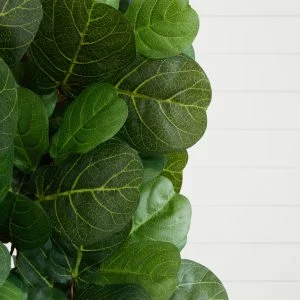
The vibrant world of artificial flowers offers a unique blend of beauty and practicality, appealing to both consumers and businesses alike. As we delve into the wholesale market for artificial flowers and supplies in Uganda, it becomes evident that this sector is not merely about aesthetics; it embodies cultural significance, economic opportunity, and environmental considerations. Understanding these dynamics can help stakeholders make informed decisions in this burgeoning market.
Understanding Wholesale Artificial Flowers and Supplies Market Characteristics

wholesale artificial flowers and supplies encompass a diverse range of products designed to meet various consumer needs—from decorative arrangements for events to everyday home embellishments. In Uganda, the market exhibits distinct characteristics shaped by local preferences, climatic conditions, and economic factors. The demand for durable yet aesthetically pleasing floral alternatives has surged as more Ugandans seek cost-effective solutions that require minimal maintenance while still enhancing their living spaces or event settings.
Artificial Flowers Wholesalers: Opportunities in Uganda’s Market
The landscape of wholesalers dealing with artificial flowers in Uganda presents significant opportunities due to an increasing interest in interior decoration among urban populations. With rapid urbanization driving lifestyle changes, there is a growing acceptance of synthetic floral products over traditional fresh flowers—especially given their longevity and lower upkeep costs. This shift indicates a promising future for artificial flower wholesalers who can adapt their offerings to cater specifically to Ugandan tastes.
Find more about artificial flowers wholesalers.
An In-Depth Look at TrustFloral’s Positioning in Uganda
TrustFloral stands out as a key player within Uganda’s wholesale artificial flower market due to its commitment to quality and customer service. One notable advantage is its extensive product range that caters specifically to local aesthetic preferences while also incorporating international trends. However, challenges remain; competition from both local artisans producing handmade decorations and imported goods could impact TrustFloral’s pricing strategies. Balancing quality with affordability will be crucial for maintaining its competitive edge.
Conclusion: The Future Landscape of Wholesale Artificial Flowers in Uganda
The wholesale market for artificial flowers and supplies holds considerable promise within the Ugandan context. As consumer habits evolve towards sustainable yet stylish options, understanding regional nuances will be essential for success in this field. Stakeholders must navigate both opportunities presented by emerging trends as well as potential challenges posed by competition—all while fostering an appreciation for the artistry involved in creating beautiful environments through innovative floral solutions.
